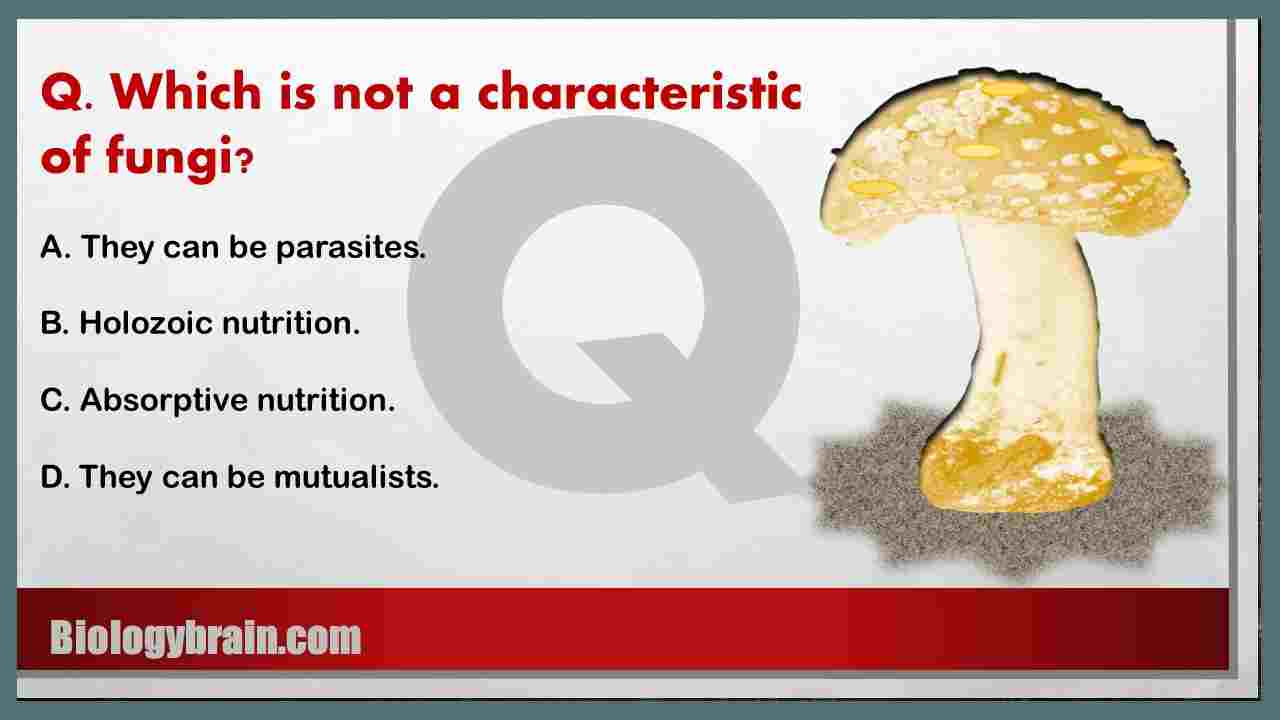Definition: The genetic material such as DNA is synthesized by an enzyme called DNA dependent DNA polymerase that uses parental DNA strands as templates and synthesizes the new DNA strands. Both prokaryotic and eukaryotic cells contain a large number of DNA polymerases.
Some of these are involved in replication, while some polymerases play a major role in DNA repair and recombination.
Interestingly, the few enzymes that catalyze the synthesis of a DNA strand using RNA as template strand are called RNA-dependent DNA polymerase or reverse transcriptase. The existence of RNA-dependent DNA polymerases was first demonstrated by “Howard Martin Temin” in 1975 and discovered independently by Baltimore in 1970.
The DNA polymerases which are involved in the in-vivo replication process are called replicases.
Example: DNA polymerase-III in E-coli, DNA polymerase γ (gamma) in mitochondria and DNA polymerase α, δ and ε in eukaryotes.
The main features of DNA polymerase (replicase)
- Replicases are relatively less abundant in the cell compared to other DNA polymerases.
- These are distributive enzymes that can bind the template strand and capable of incorporating several thousands of nucleotides in growing DNA molecules before they release from the template.
- They have relatively higher Vmax compared to other polymerases.
- However, mutations in these enzymes alter the V max and sometimes they are lethal. Therefore, the mutations can be studied only by creating conditional mutants.
1. Prokaryotic DNA polymerases
Arthur Kornberg, who was won the noble prize in 1959 for the isolation of polymerase from E. coli in 1956. As an enzyme has the ability to incorporate deoxyribonucleotides, Kornberg named this enzyme as DNA polymerase, which was later renamed as DNA polymerase-1 or Kornberg enzyme.
DeLucia and Cairns isolated the DNA polymerase-I mutant E. coli strain and found that the mutant strain can synthesize DNA normally. This interesting discovery was created doubts on the role of DNA polymerase in replication and led groups to search for other replication enzymes. Hence, Cairns isolated the other types of DNA polymerases which are involved in DNA replication in DNA polymerase-I mutant E. coli strain such enzymes are DNA polymerase-II and DNA polymerase- III from the same strain.
At the same time, Klenow and his colleagues showed that the treatment of DNA polymerase with the proteolytic enzyme subtilisin significantly increases the polymerase activity and decreases the exonuclease activity. The resulting DNA polymerase was isolated and was named as “Klenow fragment”.
DNA polymerase -I, II, and III of E. coli strain are remained in the active state under normal conditions, while DNA polymerase-IV and V remain in the inactive state until they are activated by the SOS repair mechanism.
DNA polymerase -I is the most abundant enzyme about 400 copies per cell. The resulting enzyme involves mainly in DNA repair and also has the primer excision activity, that is used in the removal of primers during the replication.
DNA polymerase -I contains three activities in the biological system
- 5′ to 3′ polymerase activity or gap-filling activity
- 3′ to 5′ exonuclease activity or proofreading activity
- 5′ to 3′ exonuclease activity or primer excision activity (this activity unique to polymerase-II).
As mentioned above, when DNA polymerase-I is treated with proteolytic enzyme trypsin or subtilisin, then the DNA will be separated into a large domain (Klenow fragment) and a smaller fragment containing 5′ to 3′ exonuclease activity.
The large domain such as the Klenow fragment contains 5′ to 3′ polymerase activity and 3′ to 5′ exonuclease activity but lacks 5′ to 3′ exonuclease activity.
DNA polymerase-I mutants are highly sensitive to UV- radiation and other mutagens.
DNA polymerase-II is a dimeric enzyme and coded by the pol-B gene and that is involved in DNA repair but any mutations in a pol-B gene, then, that will not show any significant effects on the bacterium, because the activity of polymerase-II is replaced by an enzyme, DNA polymerase-I.
In E. coli DNA polymerase-III is the most complex enzyme compared to other DNA polymerase complexes.
| There are at least ten different sub-units in an enzyme that can be divided into the following units. 1) Core enzyme– α, ε and ϴ α- has 5′ to 3′ polymerase activity. ε- has 3′ to 5′ exonuclease activity. ϴ- increases the affinity of the enzyme for DNA strand. 2) Sliding clamp- β2– Responsible for distributing the residue of an enzyme. 3) Clamp load complex-γ– The complex forms sliding clamp, which contains 2 or 3 subunits of γ, one subunit of δ, δ’, ѱ and one χ ATPase complex. 4) Dimerizing subunit- Г– Dimerizes the two polymerases, which are involved in leading and lagging strand synthesis. |
Under normal conditions, DNA polymerase-IV and V remain in the inactive state since they are inactivated by Lex-A.
When SOS repair is induced, then the recombination protein Rec-A promotes proteolytic activity that cleaves Lex-A and thereby activation of DNA polymerase-IV and V.
DNA polymerase-IV and V are involved in the transmission synthesis and they catalyze the error-prone replication in which the polymerase randomly incorporates the nucleotides against DNA template region having errors.
2. Eukaryotic DNA polymerases
The nucleus of the eukaryotic cell contains a large number of polymerases, of which, the polymerases, poly-α, δ, and ε are involved in the in-vivo replication of nuclear DNA. However, poly-α, δ, and ε are very susceptible to Aphidicolin.
Localization of different DNA polymerases and their functions have been described in the table.
| S. No | DNA polymerase | Localization | Exonuclease activity | Function | |
| 3′ to 5′ | 5′ to 3′ | ||||
| 1 | α (alpha) | Nucleoplasm | No | No | Involved in the synthesis of primer and leading strand |
| 2 | β (beta) | Nucleoplasm | No | No | DNA repair and gap filling |
| 3 | γ (gamma) | Mitochondria (Matrix) | Yes | No | Mitochondria replication |
| 4 | δ (delta) | Nucleoplasm | Yes | No | Lagging strand synthesis |
| 5 | ε (epsilon) | Nucleoplasm | Yes | No | Leading strand synthesis |
| 6 | λ (lambda) | Nucleoplasm | – | – | Recombination of SOS |
| 7 | κ (kappa) | Nucleoplasm | – | – | Required for attachment of Cohesin |
Note: None of the eukaryotic nuclear DNA polymerases contains 5′ to 3′ exonuclease activity, so primer excision during replication will only be catalyzed by RNase H and FEN1 complex.










